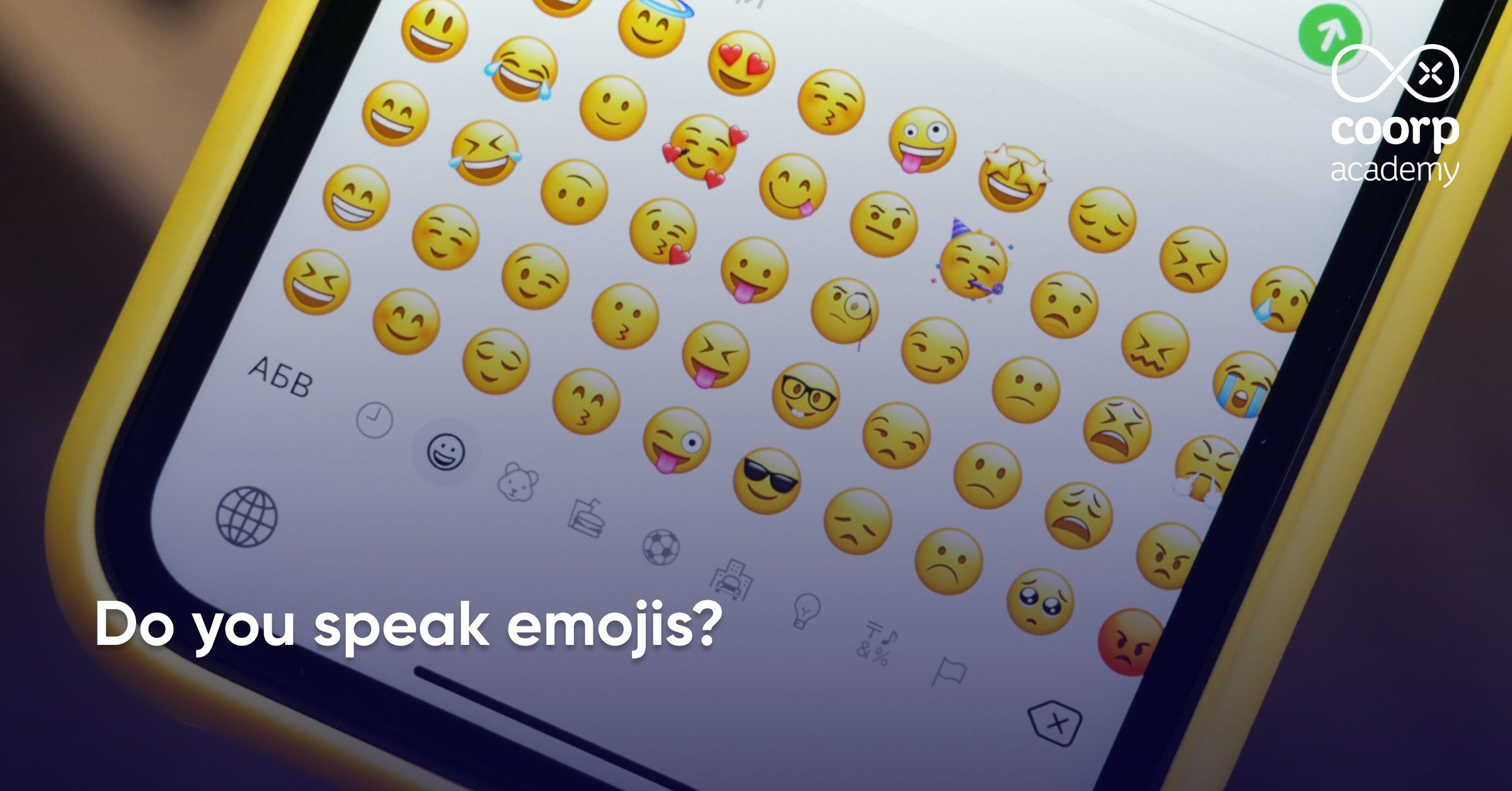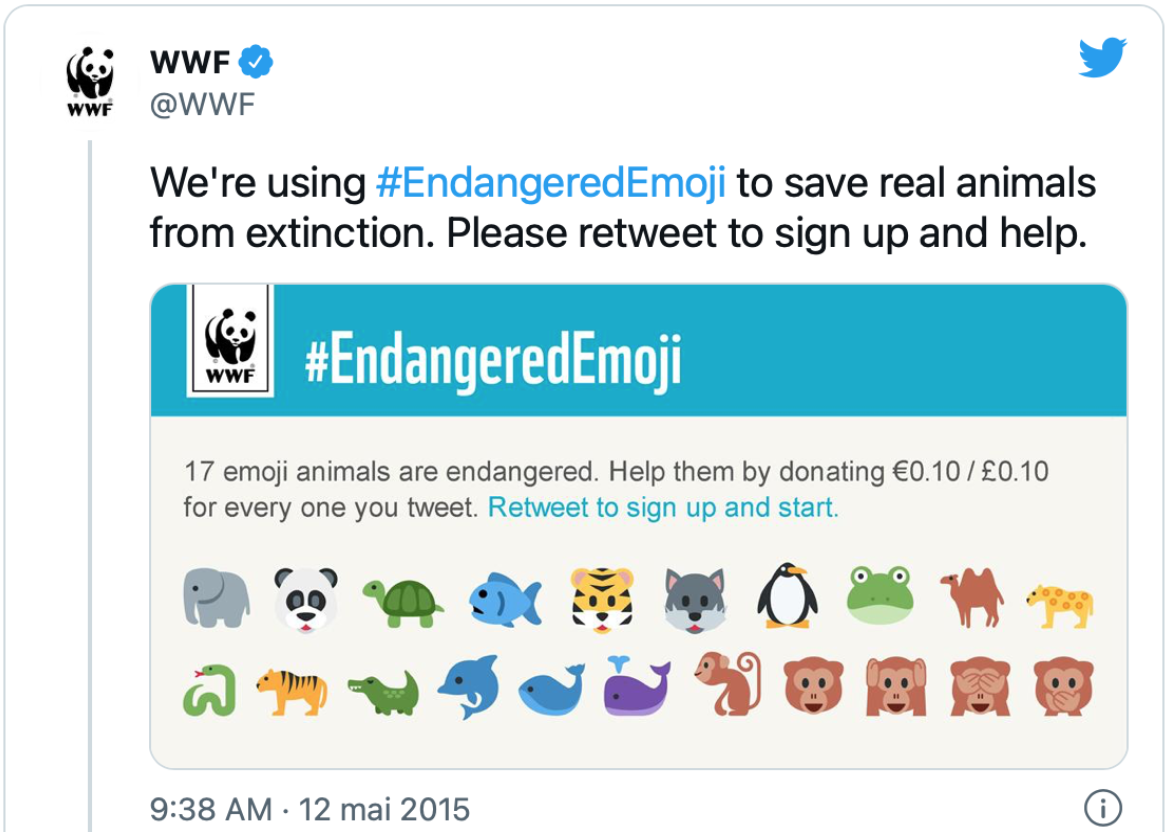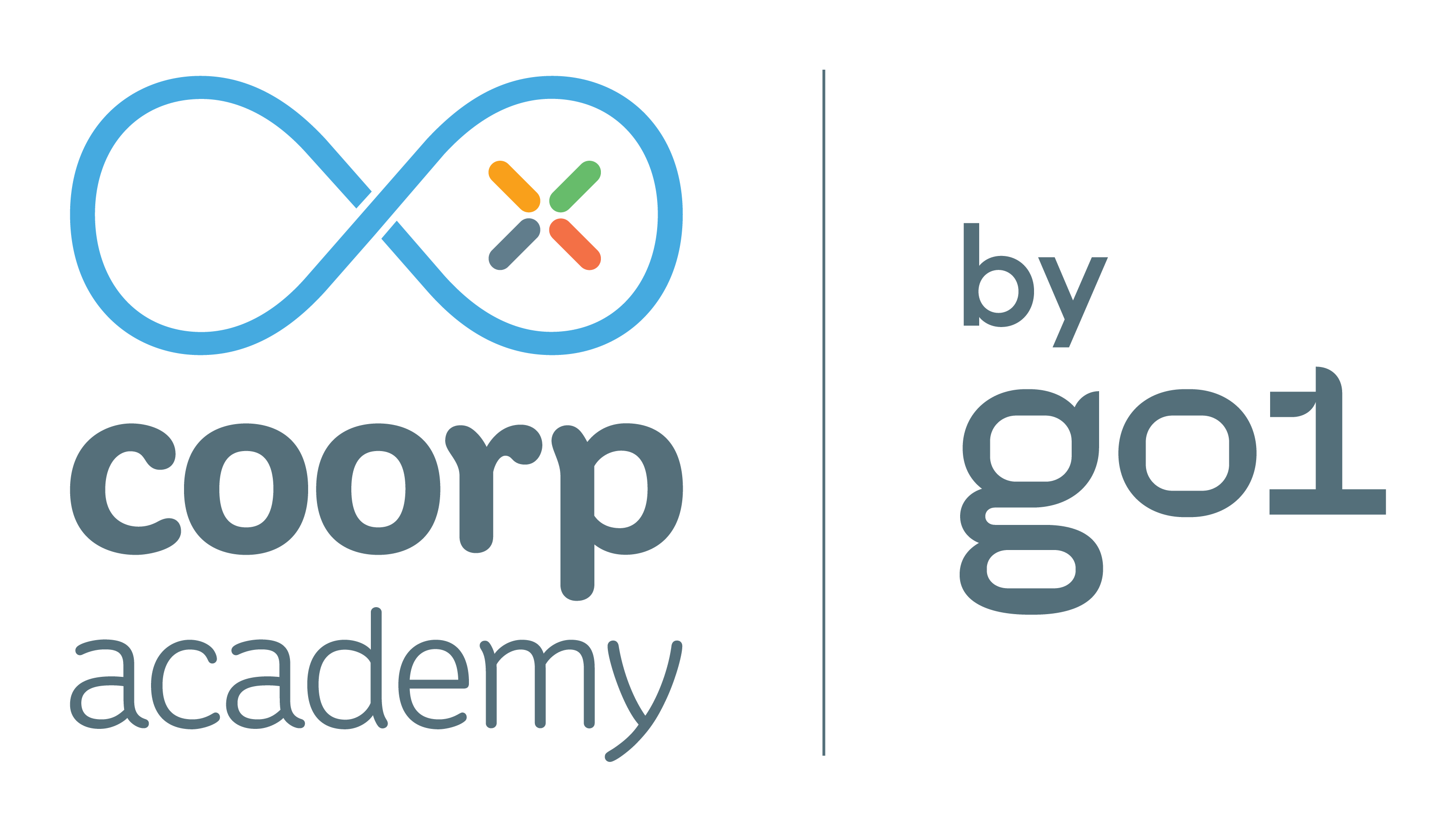Do you speak emojis?
Learning Innovation

💡 92% of online users use emojis according to an Emogi study. Most commonly used to make a point or share feelings, they have become an integral part of our daily lives. Yet interpreting emojis may become increasingly difficult with the advent of new technologies such as animated emojis or augmented reality, according to Goldman, a law professor at Santa Clara University and author of the article “Emojis and the Law”, published in the Washington Law Review.
Originating from the Japanese “e” (image) and “moji” (character), the word Emoji means drawn letters. These emoticons have been democratised by communication developers such as Apple and Android over the last 10 years, but the first emoji was created in 1999 by Japanese artist Shigetaka Kurita. Today, there are more than 2,000 of them, they have their own World Emoticon Day – 17 July – and are embedded in 2.3 trillion mobile messages every year.
💬 The new codes of communication
Social networks and instant messaging allow us to communicate massively and quickly, whenever we need to. Thus, communication today relies on a tool that allows us to share information more quickly and emojis aim to shorten our messages, to save even more time and to respond to a message in a simple emoticon. They have become an almost universal form of communication, a 🙂 emoji will be the same in France, Spain, the United States as well as in Japan, and it is still difficult to do without them today to give a more human tone to your virtual message.
🚀 An opportunity for businesses
 Emojis have become indispensable for punctuating a sentence, accentuating an emotion or slipping an innuendo into a digital conversation. Indeed, some companies or associations are taking advantage of emojis for their advertising campaigns: Domino’s Pizza recently launched a Twitter campaign where people from all over the world could tweet the company with the Pizza Emoji to order one. Associations have also understood the effectiveness that these emojis can bring to their digital communication, such as the nature conservation organisation WWF, which launched an awareness 2.0 campaign using Emojis through the hashtag #EndangeredEmoji in 2016. Thus, it is clear that emojis are no longer just a private conversation and are no longer considered a decorative or innocuous element; they represent a new and improved form of language that has its roots in digital, breaking down language barriers for brands.
Emojis have become indispensable for punctuating a sentence, accentuating an emotion or slipping an innuendo into a digital conversation. Indeed, some companies or associations are taking advantage of emojis for their advertising campaigns: Domino’s Pizza recently launched a Twitter campaign where people from all over the world could tweet the company with the Pizza Emoji to order one. Associations have also understood the effectiveness that these emojis can bring to their digital communication, such as the nature conservation organisation WWF, which launched an awareness 2.0 campaign using Emojis through the hashtag #EndangeredEmoji in 2016. Thus, it is clear that emojis are no longer just a private conversation and are no longer considered a decorative or innocuous element; they represent a new and improved form of language that has its roots in digital, breaking down language barriers for brands.
And it works! According to a 2019 study by Adobe, more than half of emoji users are more likely to engage with brands that use emoticons online: 60% say they like it when a brand uses emojis that match their personality, 51% say they are more likely to comment on a social media post when it contains emojis, 48% are more likely to follow a brand, and 44% are more likely to buy a product as a result of an advert using emojis.
👥 And for employees
The Adobe study also reveals that 61% of emoji users also say they use emoticons at work, most often (36%) with people at their own level. Employees who use emojis at work report a positive influence on friendliness and camaraderie among colleagues. Indeed, 78% believe that emojis have this influence on affinity between professionals, 74% also say that emojis make positive information or feedback more sincere and 53% believe that they make negative information or feedback easier to accept.
So check out our tips for speaking digital Esperanto at work:
1/ Use emojis yes, but sparingly
The purpose of emojis is not to abuse them. They can be used to soften a message or to structure a post on social networks between several paragraphs, but be careful not to use them to punctuate each of your sentences.
2/ Beware of double meaning emojis!
The same emoji can have different meanings in different cultures, and therefore be a source of misunderstanding. There are already some pitfalls you can avoid:
🙏 Two hands placed firmly against each other, meaning “please” or “thank you” in Japanese culture, have turned into high-fives in our Western cultures.
🍑 Some fruits and vegetables have been hijacked and are no longer truly representative of the produce department we know.
😭 The “Crying Face” emoji is more commonly used to express intense feelings, such as uncontrollable laughter, pride or overwhelming joy. It became the most used emoji on Twitter in 2021, ahead of the “Face with tears of joy” emoji.
To make sure you don’t get it wrong, refer to the emoji encyclopedia.
3/ Test the ground before you start
Find out what people are doing before you start using this new digital language! Take the time to observe whether emojis are common in exchanges and with whom it is more appropriate to use them. The risk? That your message is interpreted as too familiar or impolite.
4/ The keyboard shortcut is your ally
To find your emojis on windows, type Windows logo key + . (dot). This will bring up the emoji keyboard. Select an emoji with the mouse or keep typing to search for an emoji among those available.
If you are a Mac user, simply press Control + Command + Spacebar simultaneously. A window will open in the middle of the screen allowing you to choose from the thousands of emojis in the catalogue.
5/ Be yourself
Finally, emojis can be compared to the non-verbal communication we use in real life. The important thing is to be yourself and not to overdo it, nor to force ourselves to use them if we are not comfortable!
The development of digital technology has forced us to adapt to new forms of communication and to adopt new practices. The introduction of emojis into our online conversations has democratised them, making them an integral part of our digital culture. As society has evolved, emojis have also diversified, offering different skin tones, gender-neutral emojis, and even taking disabilities into account. In fact, 73% of emoji users would like to have more options for customising emojis to better reflect their personal appearance and identity. Thus, the Emoji is now part of modern culture and impacts our daily communication. It has become a form of language that is understood by the majority and should be used wisely.


